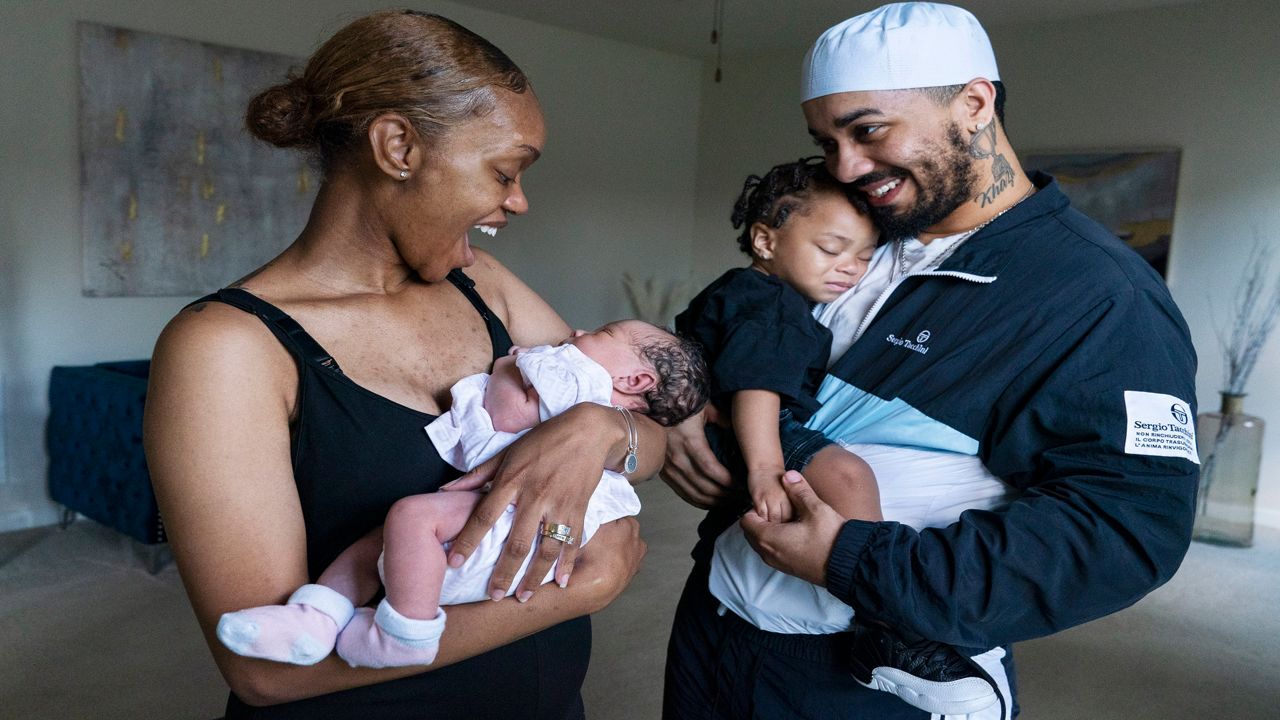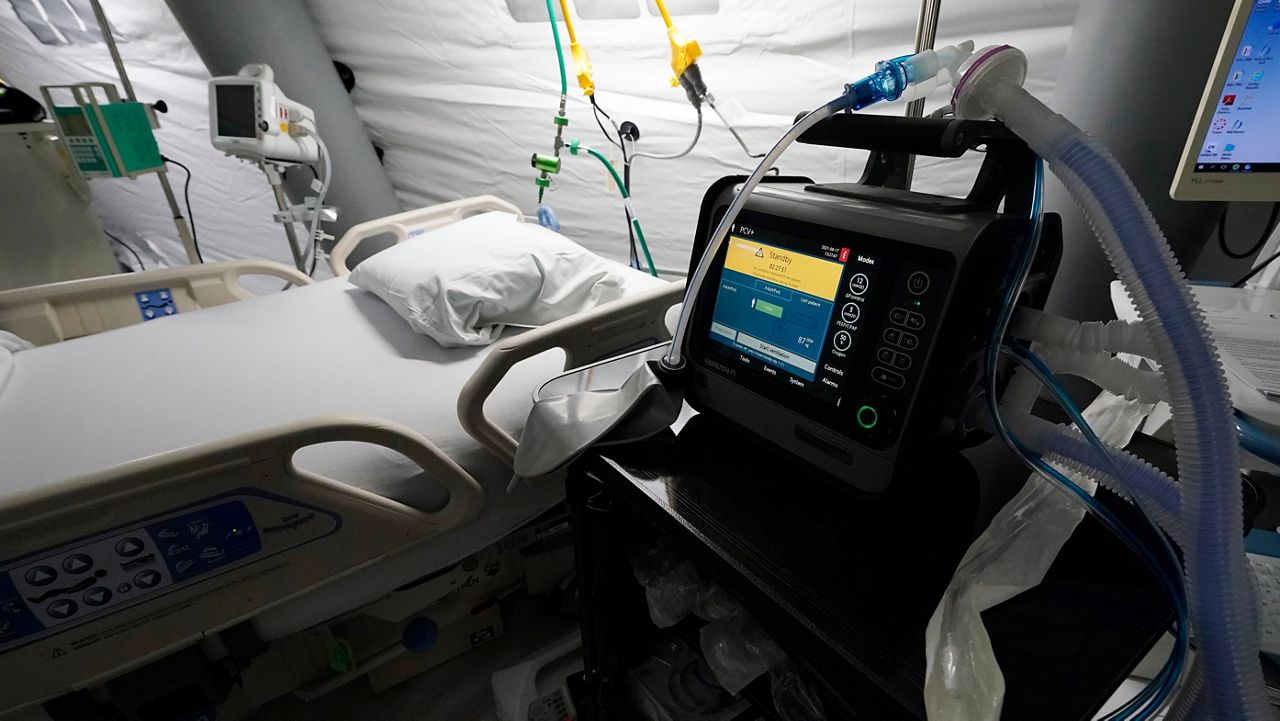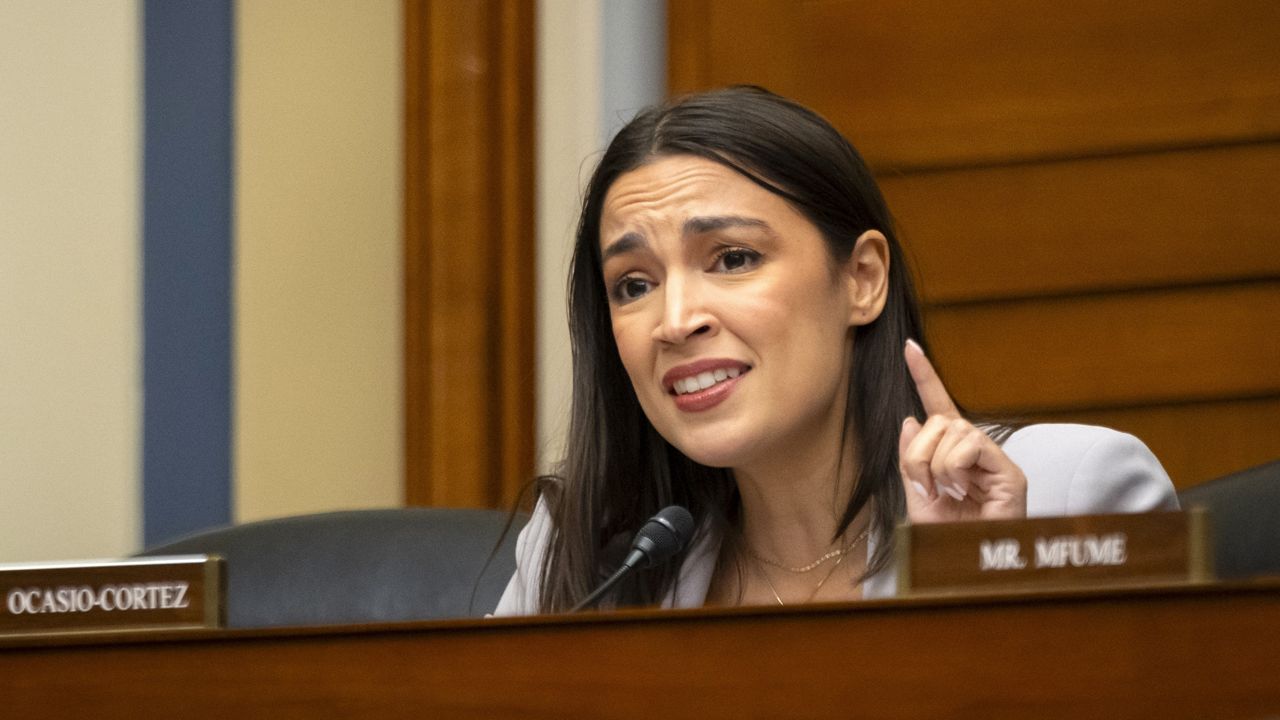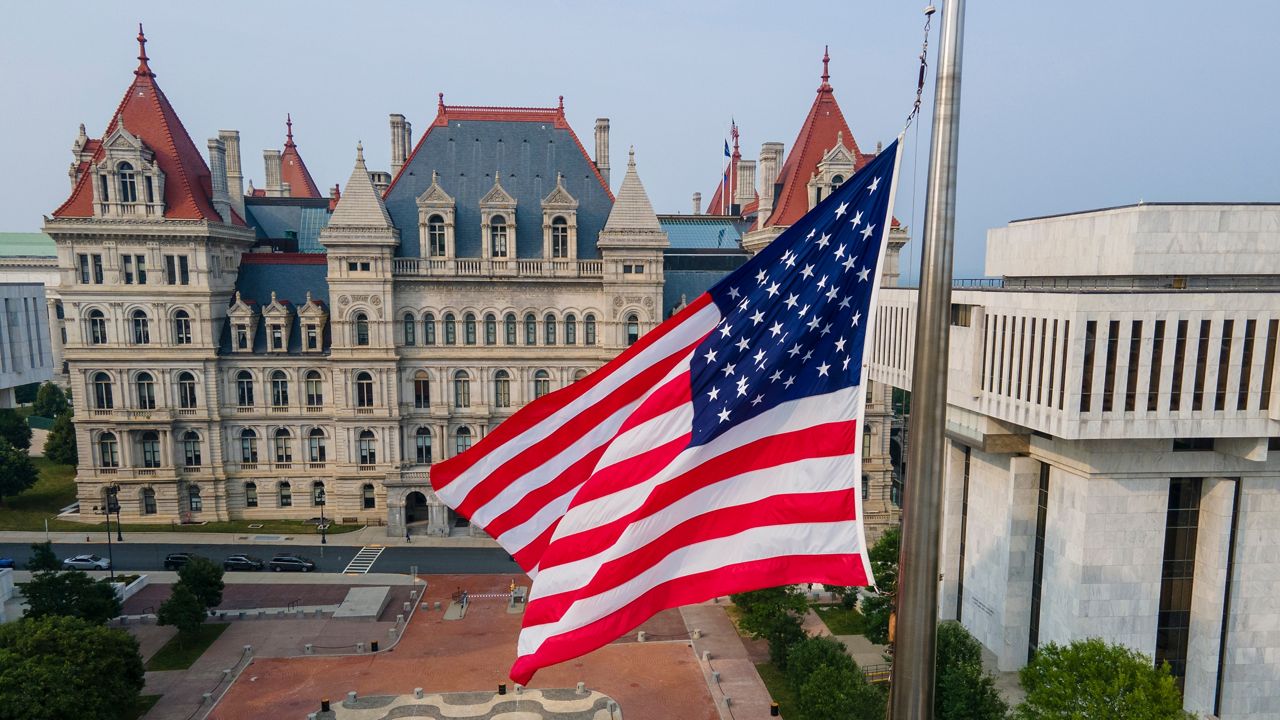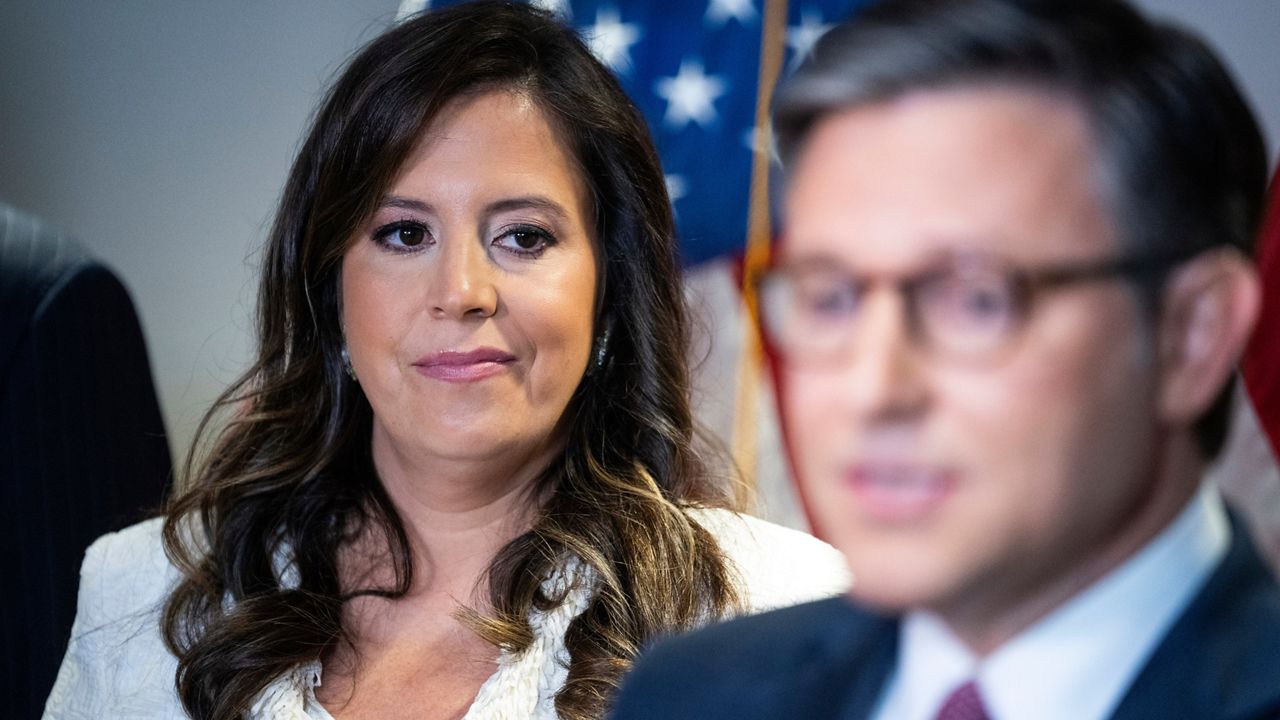Many of the workers who received benefits under New York's paid family leave program in 2021 earned less than $40,000 a year — an indication the program is providing support for low and moderate-income workers, an analysis released Friday by state Comptroller Tom DiNapoli found.
The report assessed the state's expanding paid family leave program between 2018 and 2021 as the amount of time off allowed and cash benefits steadily rose as it was being phased in. New York's paid family leave law was first approved in 2016, and is meant to enable workers to take time off with partial pay in order to care for a family member or bond with a newborn child.
Nearly 8 million workers were covered under the program by 2021 and it paid out $872 million on 156,000 claims that year, according to the report.
“The state’s Paid Family Leave program has allowed New Yorkers to care for loved ones, whether it’s a parent bonding with a newborn or someone looking after a sick family member, without losing their income,” DiNapoli said. “The state should continue to promote this successful program by ensuring employers are aware of their responsibilities and workers are aware of the benefits and the employment and health insurance protections that come with it. No one should have to choose between caring for a loved one and sacrificing a paycheck.”
And many of those workers are from the lower end of the income ladder. Workers who make less than $40,000 accounted for the largest number of claims. Service employees in the health care, educaiton, information and legal service sectors, made up 45% of all claims.
Insurers participating in the program approved more than 550,000 claims and paid out more than $2.2 billion in cash benefits to employees.
Caring for a newborn child resulted in more than 80% of the payments and more than 70% of the claims. About two-thirds of all claims were filed and received by women.
Gov. Kathy Hochul in 2021 approved a measure expanding the program to include siblings. She also backed the implementation of 12 weeks of paid family leave for state workers.
But advocates have also called for additional changes such as ending caps on benefits under the medical leave law, making paid leave benefits portable and coverage for people who are unemployed.




